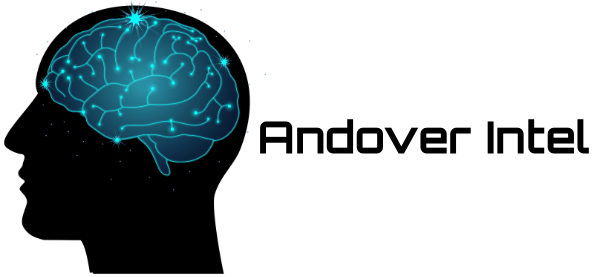The second of the three 2019 trends I blogged about a couple weeks ago is the subduction of IP network features. IP, largely because of the Internet, has become the “service protocol of choice” globally, meaning that applications and devices are built to presume IP connectivity. The IP model has a lot of issues associated…
How Operators Might Influence the SD-WAN Space
SD-WAN has been evolving in a number of ways, but the most important of the lot is the way an enterprise buys it. There are three options now available—directly from someone (vendor or VAR) as a product to be installed by the buyer, from a managed service provider (MSP), and from a network operator. Of…
A Deep Dive into “Cloud Transformation”
Last week I blogged about three critical trends in networking and the cloud. My goal was to position these technologies in the framework of network operator evolution and transformation. I’d blogged a bit about each at the technical level prior to last week, but I want to go into the specific technologies and their detailed…
Is Blockchain Really Needed for Service Lifecycle Automation?
We continue to hear a lot about blockchain technology in networking, including a role for it in service lifecycle automation. Some have suggested it’s a critical technology in the latter, and while I think it could play a very useful role, I think that the value of blockchain there (as is the cases in many…
Three Issues Leading to 2019
We are now approaching a new year and a new budgetary cycle for just about everyone. That makes it a good time to look ahead, and I want to start that now by looking at three examples of important future trends. I’ll use a specific company/product to highlight each trend. The first trend is the…
The Paths to Service Provider Transformation
Way back in 2013 I attended a big transformation meeting at a Tier One operator. One of the things that happened that I felt was both interesting and ironic was that the person sitting on my left was making a case for the modernization of OSS/BSS systems as the key to transformation. The person sitting…
Can IBM and Red Hat Work?
IBM is buying Red Hat. A summary view I’ve already expressed to a reporter is that it’s about the only smart move open to IBM, but there’s a big question whether IBM knows why it’s smart and will exploit the deal properly. IBM is literally a legend in IT, having held the position of “most…
More on NFV Orchestration and Open Source
Carol Wilson of Light Reading did a nice piece on the operators’ mixed position on open-source, quoting comments from the Light Reading NFV Carrier SDN event. I’ve blogged about some of the points of the discussion, but I wanted to cover those that I hadn’t covered, or perhaps hadn’t covered fully. The fall is the…
Does Nokia’s Wireline Slicing Change the Game?
There is a lot of 5G that is real. There is a lot that is almost surely a pipe dream, and there’s some in between. Network slicing is one of the latter. The assumption for network slicing is that a 5G network can be divided into separate, parallel, virtual slices that act as independent networks. …
Is Open-Source or Proprietary NFV Orchestration the Winner?
What makes orchestration so hard? Another Light Reading piece on NFV asks whether open-source is the right choice for NFV orchestration. It’s a good question, but only part of the bigger question, which is how we’d define “rightness” to begin with. It’s pretty obvious that there are multiple visions of orchestration, both within the NFV…

